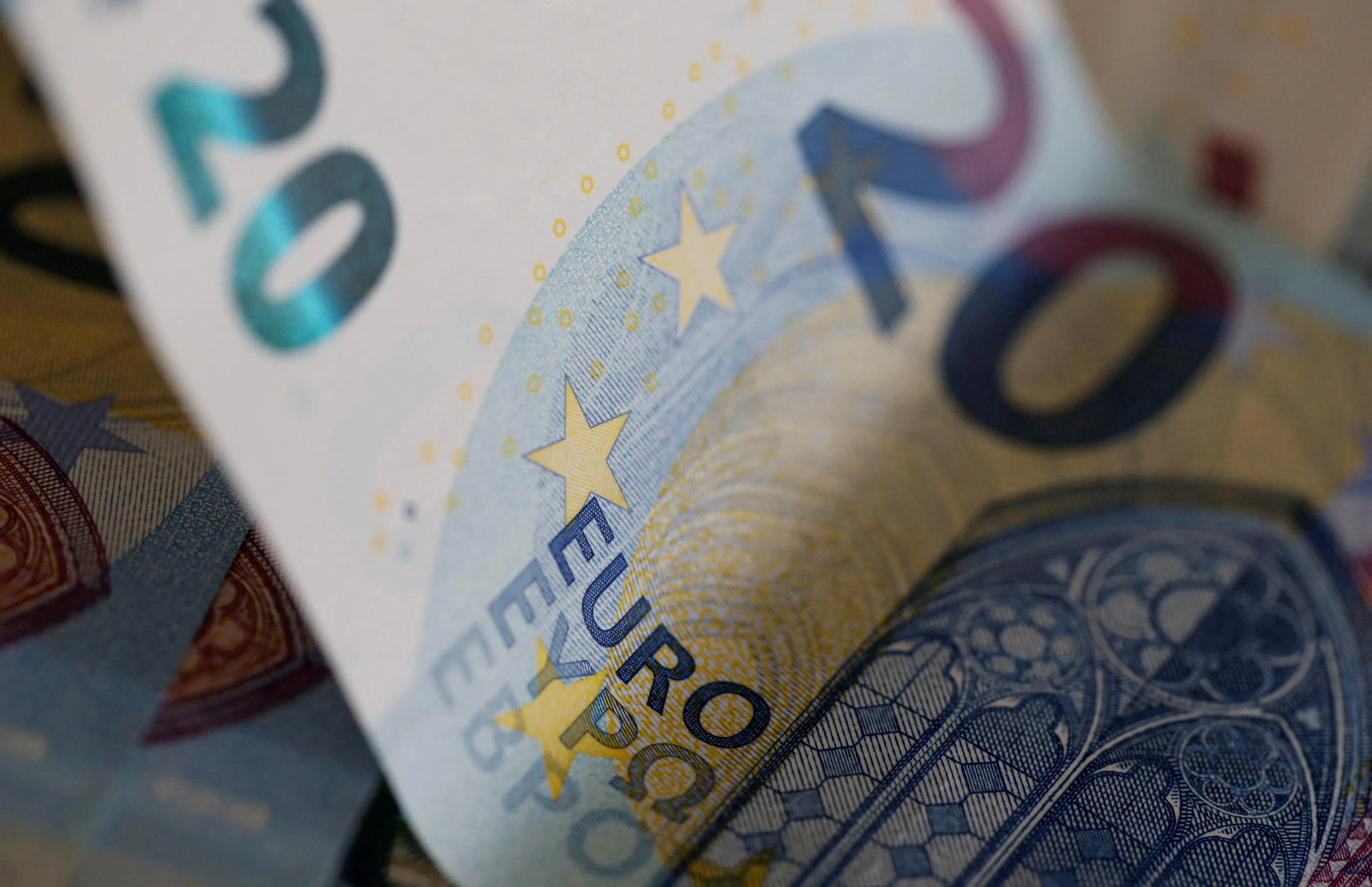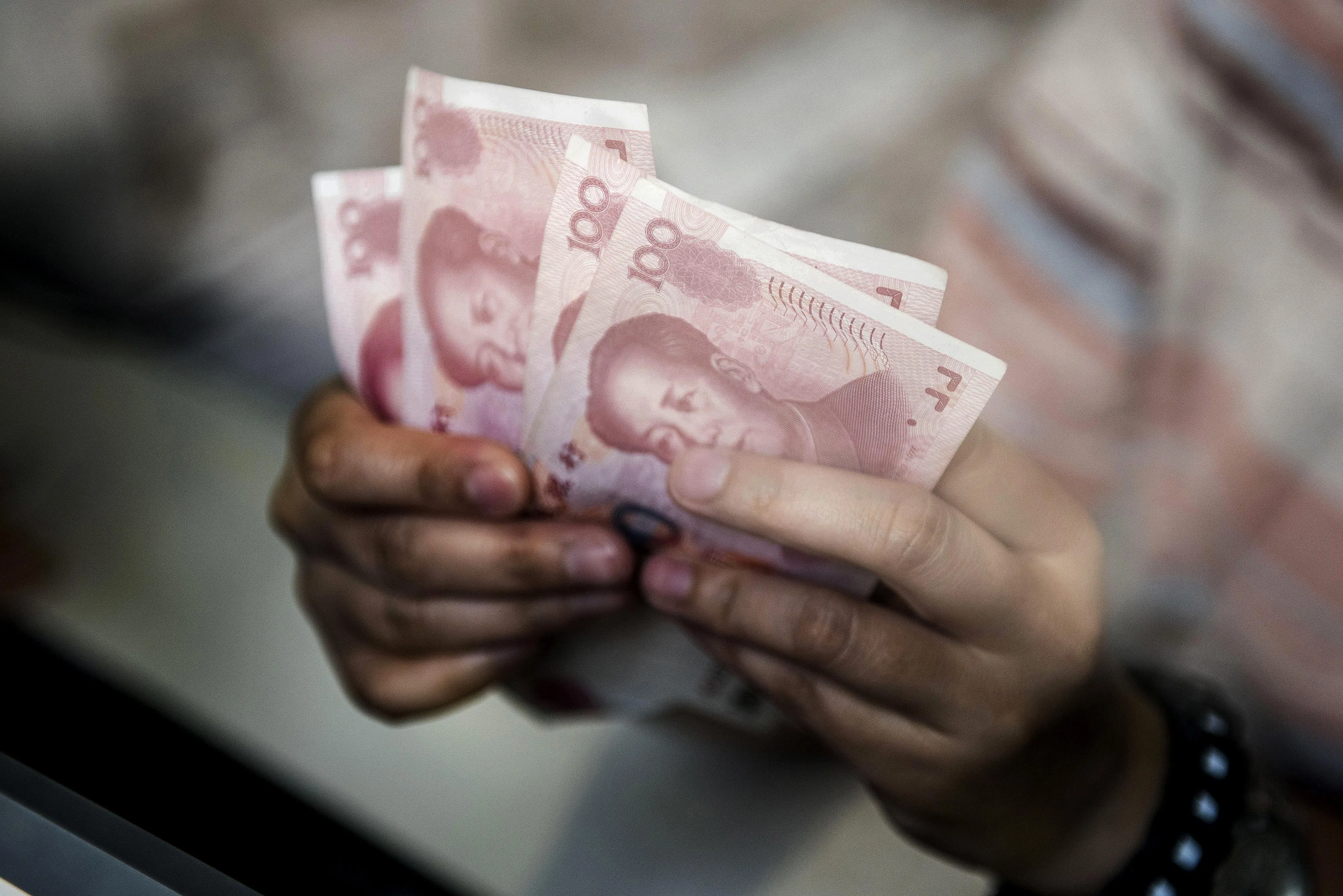THE yen hit multi-year lows against the dollar and the euro on Tuesday (Apr 23), keeping investors on heightened intervention watch ahead of this week’s Bank of Japan meeting, while dovish policy maker comments left sterling near its weakest in months.
The euro reached 165.62 yen, its highest since 2008, after data showed business activity in the eurozone expanded at its fastest pace in nearly a year, primarily due to a recovery in services.
“That’s a combination of the stronger euro today … and the yen continuing to weaken on the expectation that the BOJ will be very gradual in tightening policy,” said Lee Hardman, senior currency strategist at MUFG.
The US dollar rose to 154.87 yen, its highest since 1990 and edging closer to 155, a level seen by many participants as the new trigger for intervention by Japanese authorities.
Japanese Finance Minister Shunichi Suzuki said last week’s meeting with his US and South Korean counterparts has laid the groundwork for Tokyo to act against excessive yen moves, the strongest warning to date on the chance of intervention.
However, there are doubts whether Tokyo will act so close to the BOJ’s two-day policy meeting that starts on Thursday.
GET BT IN YOUR INBOX DAILY
Start and end each day with the latest news stories and analyses delivered straight to your inbox.
Japan’s central bank is expected to project inflation will stay around its 2 per cent target for the next three years in new forecasts due on Friday, signalling its readiness to cautiously raise interest rates again this year from near-zero levels.
“We’ve had jawboning now for a number of weeks, and they still haven’t come in and intervened directly … So people are questioning what’s going to bring them to the table,” said Hardman.
The euro climbed as much as 0.39 per cent on the dollar to US$1.0695, a one week high, before drifting back to trade flat on the day at US$1.06558 but still steadying after recent falls.
The common currency also briefly matched the previous day’s three month high against the pound of 86.43 pence, after the German PMI data.
Comments from Bank of England policymakers that they see inflation slowing back towards the 2 per cent target, and likely staying there, have seen investors become more confident that Bank of England rate cuts will come in the summer.
Earlier in the year, sterling took support from expectations that the BOE would cut rates meaningfully later than the European Central Bank, which markets currently see moving in June.
Meanwhile markets see the US Federal Reserve as being one of the last major central banks to cut, and are currently pricing in an 80 per cent chance of its first rate cut by September.
That was in sharp contrast to just a few weeks ago when markets were betting on June for the US monetary easing cycle to begin, a shift that has driven the dollar higher.
The pound dropped to a five month low of US$1.2299 against the dollar on Monday, though it was last at US$1.234, as strong British business activity data helped it to steady.
Investors will have another chance to assess the strength of the US economy this week, with first-quarter gross domestic product data on Thursday and personal consumption price expenditures (PCE) index, the Fed’s preferred measure of inflation, on Friday.
“It is conceivable that markets further push back the timing of the expected first rate cut from September, if this week’s GDP and/or PCE adds to concerns about disinflation stalling. The risk therefore lies towards higher US yields and a stronger USD,” said Carol Kong, currency strategist at Commonwealth Bank of Australia.
Markets forecasts are for a 0.3 per cent increase in the headline PCE number in March, unchanged from the previous month, and a year-on-year gain of 2.6 per cent, compared with a 2.5 per cent increase in February, according to a Reuters poll. REUTERS






